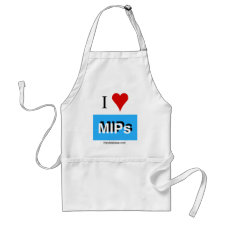
Authors: Sharma B, Pickens JB, Striegler S, Barnett JD
Article Title: Biomimetic Glycoside Hydrolysis by a Microgel Templated with a Competitive Glycosidase Inhibitor.
Publication date: 2018
Journal: ACS Catalysis
Page numbers: 8788-8795.
DOI: 10.1021/acscatal.8b02440
Abstract: The impressive catalytic turnover and selectivity of biological catalysts instigated a tremendous effort to understand the source of this catalytic proficiency. In this regard, the synthesis and evaluation of biomimetic catalysts is a very valuable approach to gain insights into the enzymatic mechanisms of action. In addition, anticipated key interactions of the enzymatic turnover can be implemented into enzyme mimics to probe their contributions to the overall catalytic efficiency separately. In this context, we synthesized biomimetic microgels in the presence of an experimentally identified competitive glycosidase inhibitor and evaluated the resulting macromolecular catalysts for proficiency during glycoside hydrolyses. The stepwise-built microgels utilize a synergy of interactions including metal complex catalysis in a hydrophobic microgel matrix, cross-linking, and shape recognition for a glyconoamidine model of the transition state of the enzymatically catalyzed glycoside hydrolyses. The resulting microgels show biomimetic behavior including catalytic proficiency up to 3.3 x 10^6 in alkaline and 1 x 10^7 in neutral aqueous solution: independence of catalytic sites, competitive inhibition, and an inhibition constant Ki of 100 μM in 5 mM HEPES buffer (pH 7.00). Our results place the synthesized microgels among the most proficient biomimetic catalysts known and emphasize the synergy of interactions for an advanced catalytic turnover
Template and target information: transition state analogue, TSA, competetive glycosidase inhibitor
Author keywords: galactonoamidines, glycosides, hydrolysis, macromolecular catalyst, Matrix effects, polyacrylate microgels, transition state analogue



Join the Society for Molecular Imprinting

New items RSS feed
Sign-up for e-mail updates:
Choose between receiving an occasional newsletter or more frequent e-mail alerts.
Click here to go to the sign-up page.
Is your name elemental or peptidic? Enter your name and find out by clicking either of the buttons below!
Other products you may like:
 MIPdatabase
MIPdatabase









